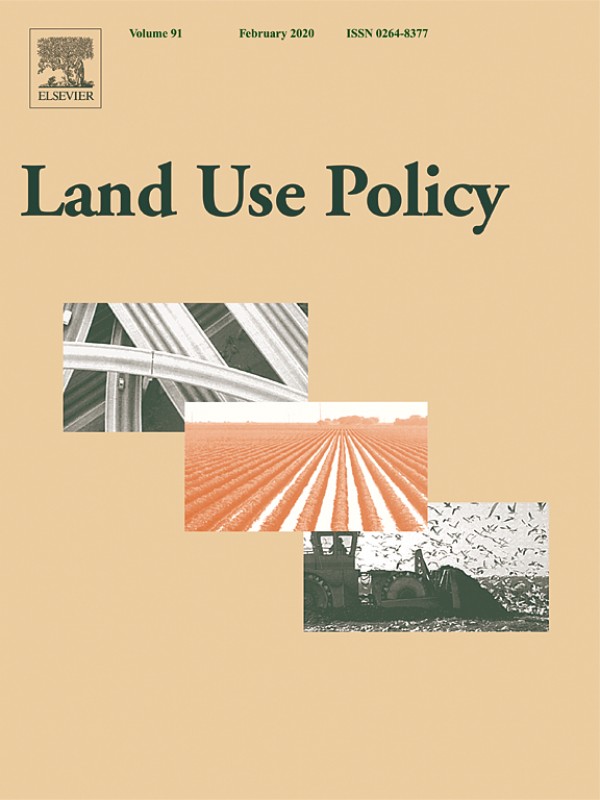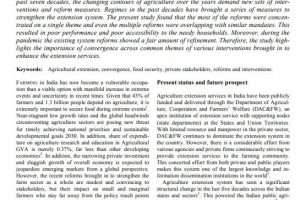Adoptions of improved technologies and production practices are important drivers of agricultural development in low-income countries like Nepal. Adopting a broad class of such technologies and practices is often critical for meeting the multifaceted goals of efficiency, profitability, environmental sustainability, and climate resilience. This study aims to address the knowledge gaps that still exist concerning what determines the adoption of improved technologies and production practices, the factors affecting their diffusion, the impact of interventions on productivity and crops grown, and the variability of impact within a particular country context. In this paper we address these questions using data collected as part of the USAID-led Knowledge-Based Integrated Sustainable Agriculture in Nepal (KISAN) project. We adopted a multistage sampling technique and surveyed 988 beneficiary households and 997 non-beneficiary households in KISAN intervention districts and non-intervention districts. Our findings suggest that, in Nepal, adoption of improved technologies and practices is significantly increased by improved access to markets, private sector involvement in selling improved seeds and disseminating information, membership in progressive farmers groups and cooperative societies, participation in agricultural training and farm visits, provision of subsidies for seeds, and access to credit. We also found the probability of the adoption of improved practices to be affected by farmers’ sources of information; for instance, the adoption of improved practices was increased when farmers obtained information from informal sources, cooperatives/farmers organizations, and public and private extension programs. The effects of KISAN projects vary significantly across the different crops grown, based on the evaluation models that address self-selection of both project participation and crop choices. These implications may also apply to other parts of the world facing similar challenges as Nepal, where limited market access, insufficient knowledge and resource capacity of farmers constrain their adoption of improved technologies and practices in agriculture.
Adoption and diffusion of improved technologies and production practices in agriculture: Insights from a donor-led intervention in Nepal





Add Comment